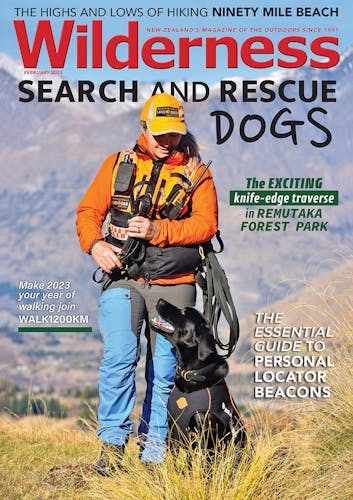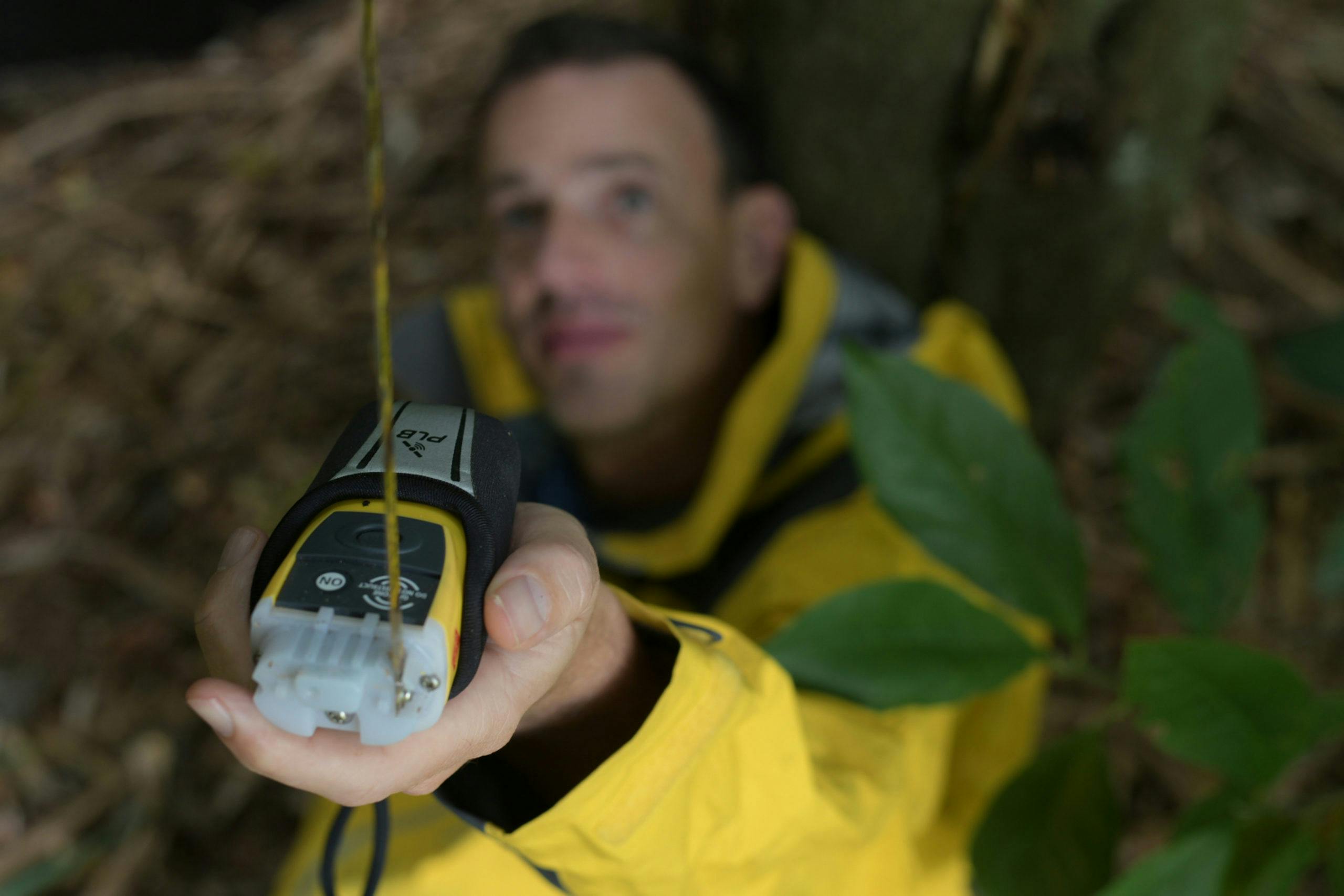There’s never been a safer time to be a tramper. With the press of a button, help can be summoned no matter how remote your location.
GPS and 406MHz
All modern beacons transmit a 406MHz signal and also a 121.5MHz signal to help searchers home in on your location once they arrive in the vicinity. PLBs should also be GPS-enabled so exact locations can be sent to searchers.
Registration
It is a legal requirement to register PLBs with the Rescue Coordination Centre New Zealand (RCCNZ). It’s free and once completed, your PLB’s distress signal will be linked to your personal information – name, address, emergency contact phone numbers, medical conditions – that can offer clues to your specific needs as well as speed rescue response time.
How they work
Within a few minutes of a PLB being activated, the signal is picked up by a satellite and sent to RCCNZ, which uses the data to determine the exact location of the beacon. RCCNZ will then contact the people listed on the beacon’s registration details to determine such things as your intentions, the number of people in your party, and the equipment being carried.
When the position has been determined, RCCNZ will launch a rescue operation.
The same process is followed when a satellite messenger’s SOS function is activated, except in the first instance the subscription provider is alerted to the emergency and they pass details on to RCCNZ.
When to activate?
Distress beacons should be used in life-threatening situations and where self-rescue is not possible. RCCNZ advises people to err on the side of caution and to activate their PLB with plenty of daylight as it’s easier and more convenient to search during the day than at night. Once activated, the beacon should be kept turned on and in one place (if possible, find a clearing and remain there until help arrives).
Types of beacons
Most beacons work only as an emergency device – sending a signal when help is needed.
Satellite messengers allow users to send and receive text messages and link to social media accounts so others can follow your progress. These devices are popular among people walking long-distance trails.
Satellite messengers have rechargeable batteries, an advantage over PLBs which require replacement batteries following activation, or every five to seven years. Message-capable devices require users to pay a monthly or annual subscription fee in order to send and receive messages.
Tips:
Keep your device on a lanyard or in a pocket rather than in your pack. Ensure everyone in the party knows where the beacon is and how to operate it.
When possible, have more than one PLB in the group (though only activate one beacon during an emergency). Make sure your PLB is waterproof and can float (or comes with a flotation device).
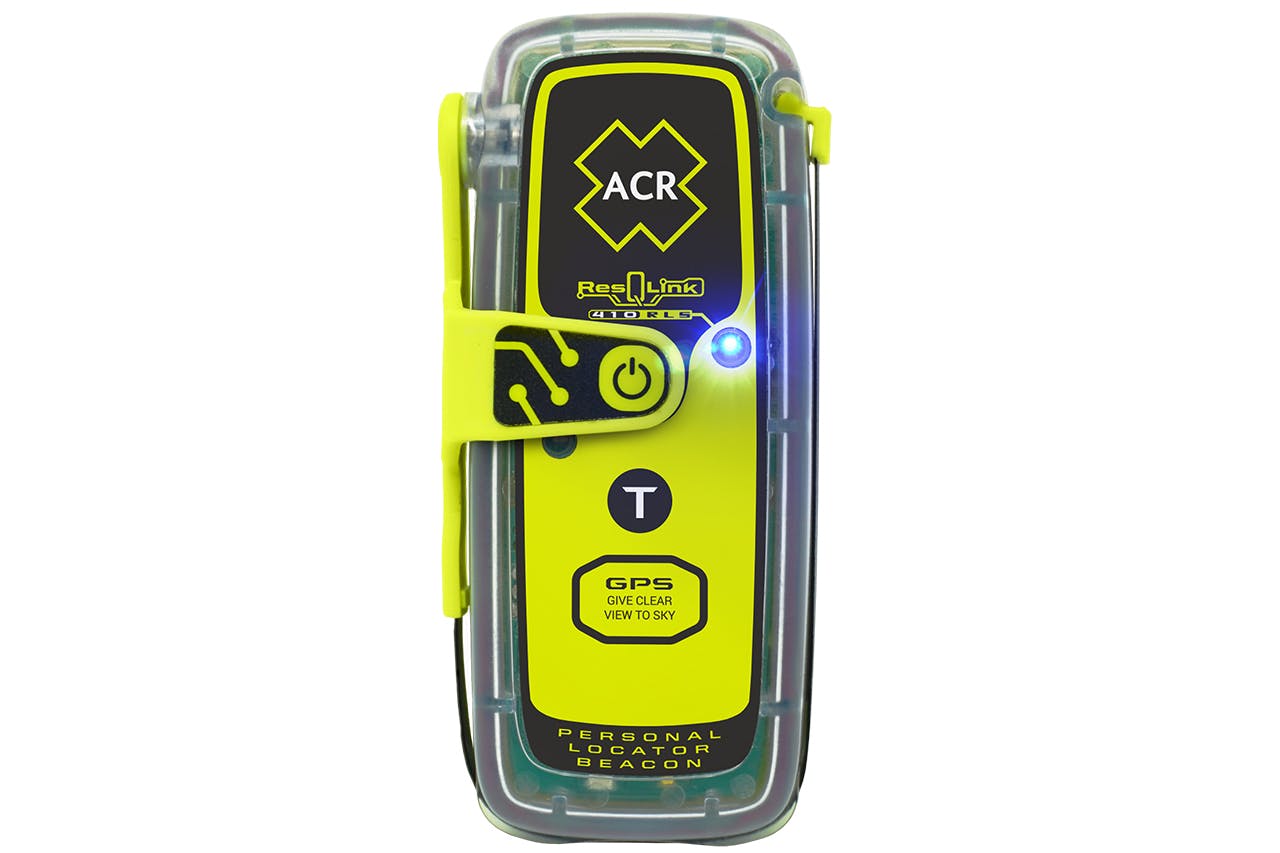
ACR ResQlink 410 RLS $629.99
A smart PLB with ‘return link service’ which provides confirmation to the user that the beacon’s message has been received and its location detected. It uses both the 406MHz signal and 121.5MHz homing capability, built-in strobe and infrared strobe. 148g. www.hutchwilco.co.nz
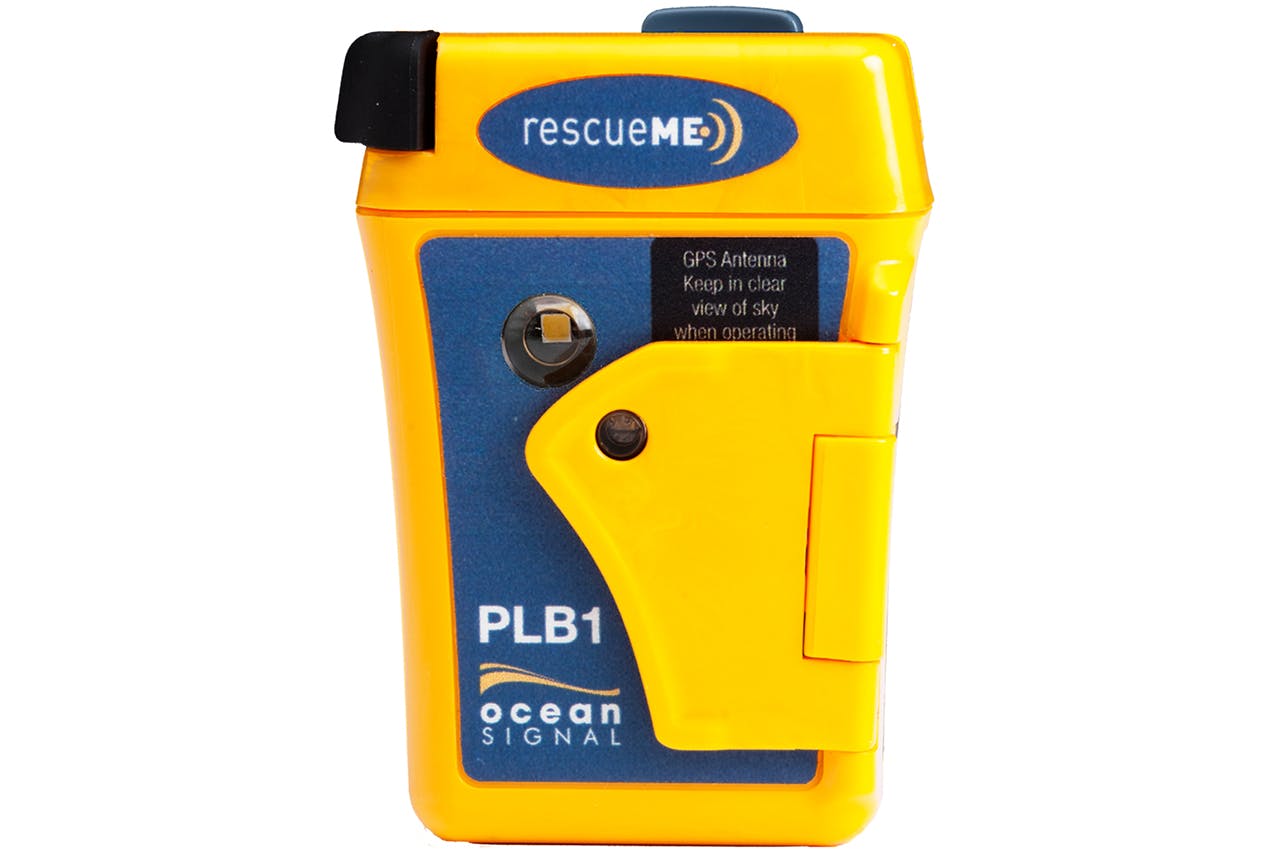
Ocean Signal rescueMe PLB1 $529
Claimed to be the world’s smallest PLB, It features single-handed operation, 406MHz and 121.5MHz transmission, seven-year battery life and warranty, 66 channel GPS, minimum 24hr operation, flotation pouch, mounting clip, bright strobe light. 116g. www.lusty-blundell.co.nz
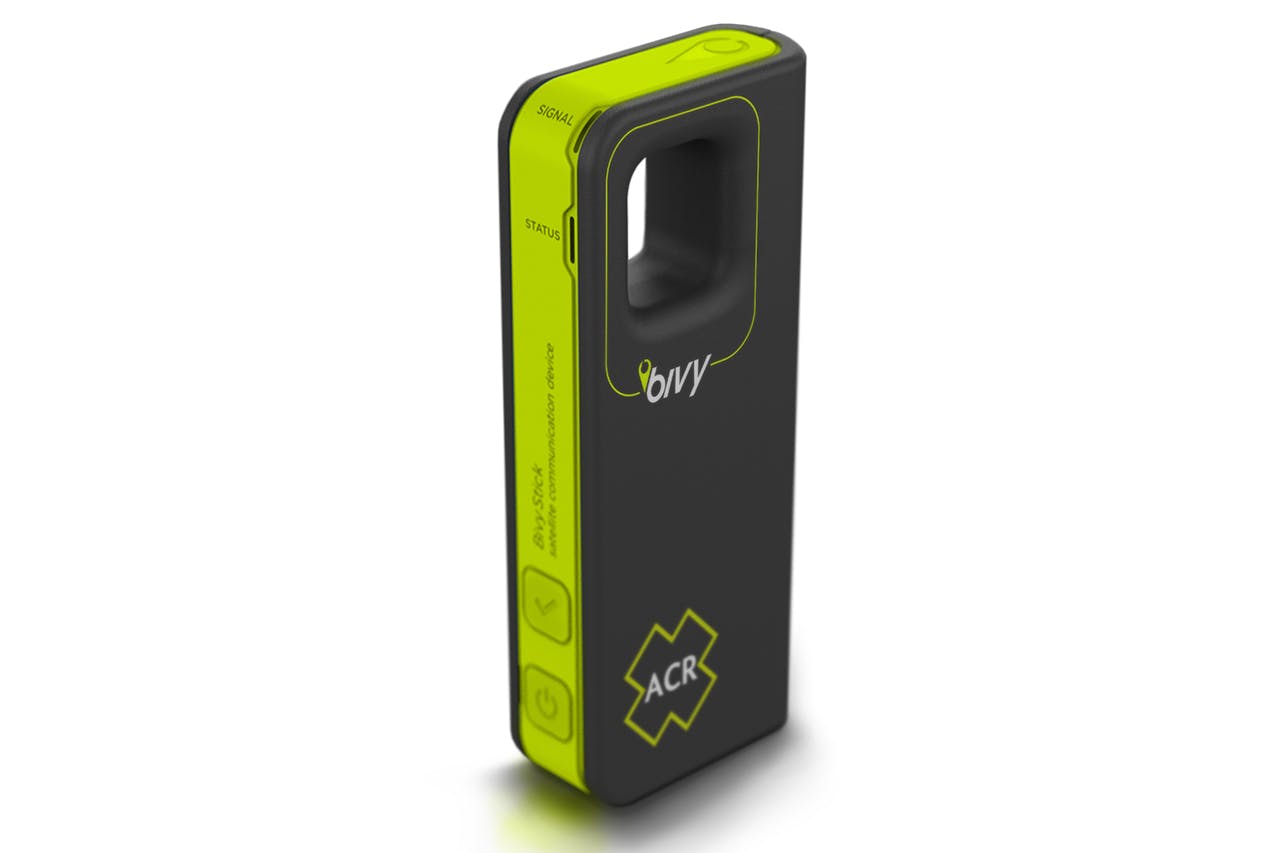
ACR Bivy Stick $599.99
This device turns cell phones into satellite communicators with two-way text messaging, SOS, location sharing, one-touch check-in, and detailed weather reports sent straight to the phone. It also has a dedicated phone number and email so others can initiate contact at any time. Subscription service. 100g. www.hutchwilco.co.nz





